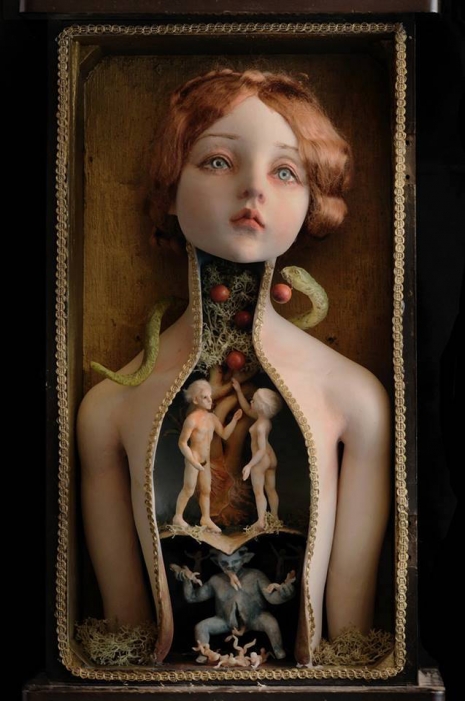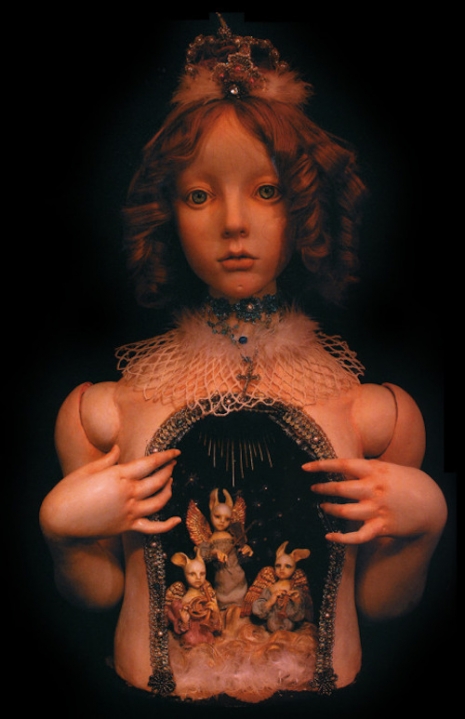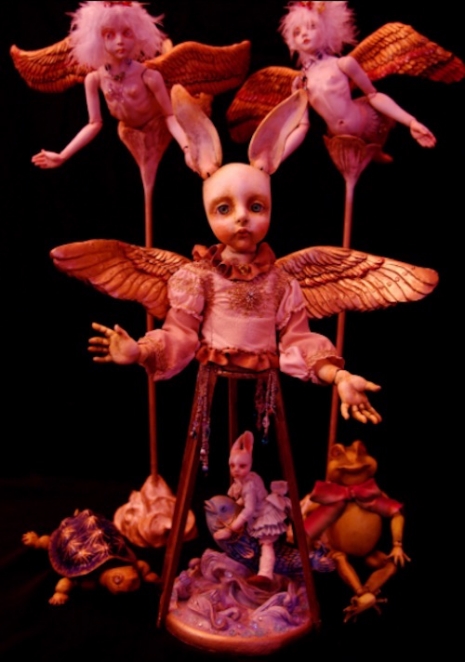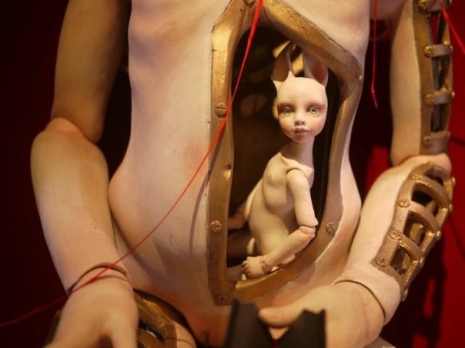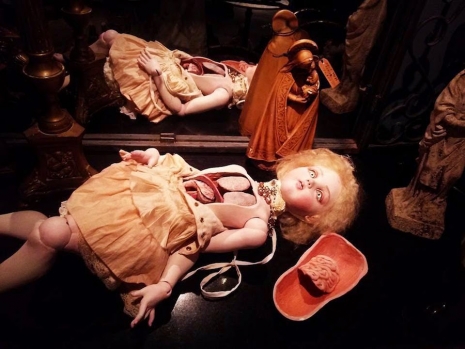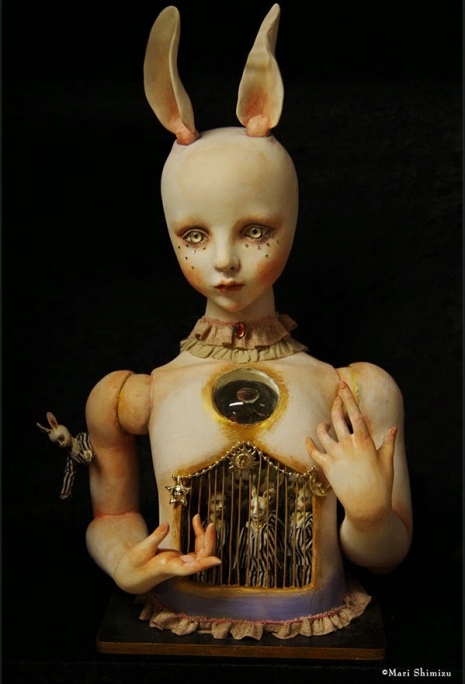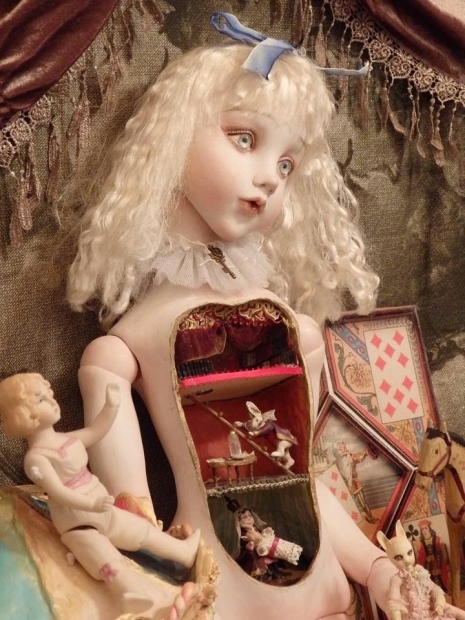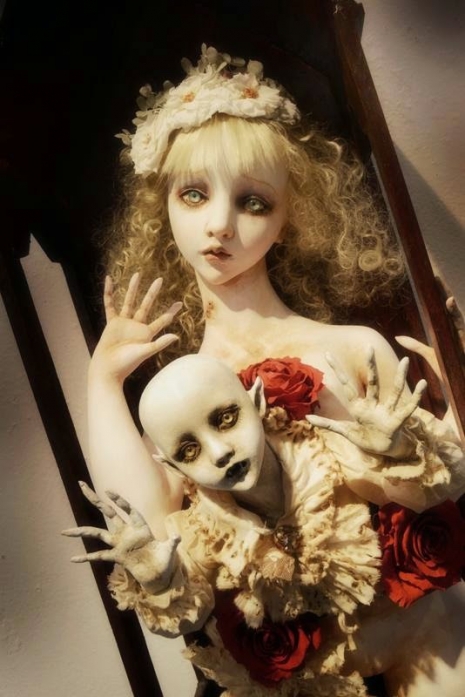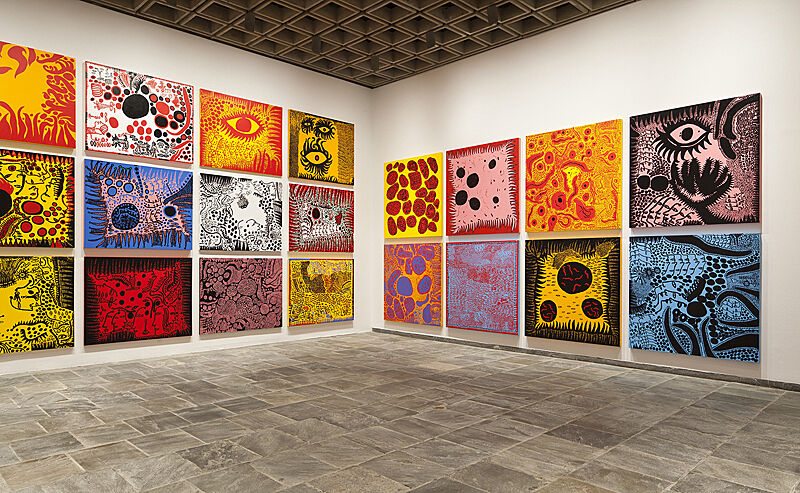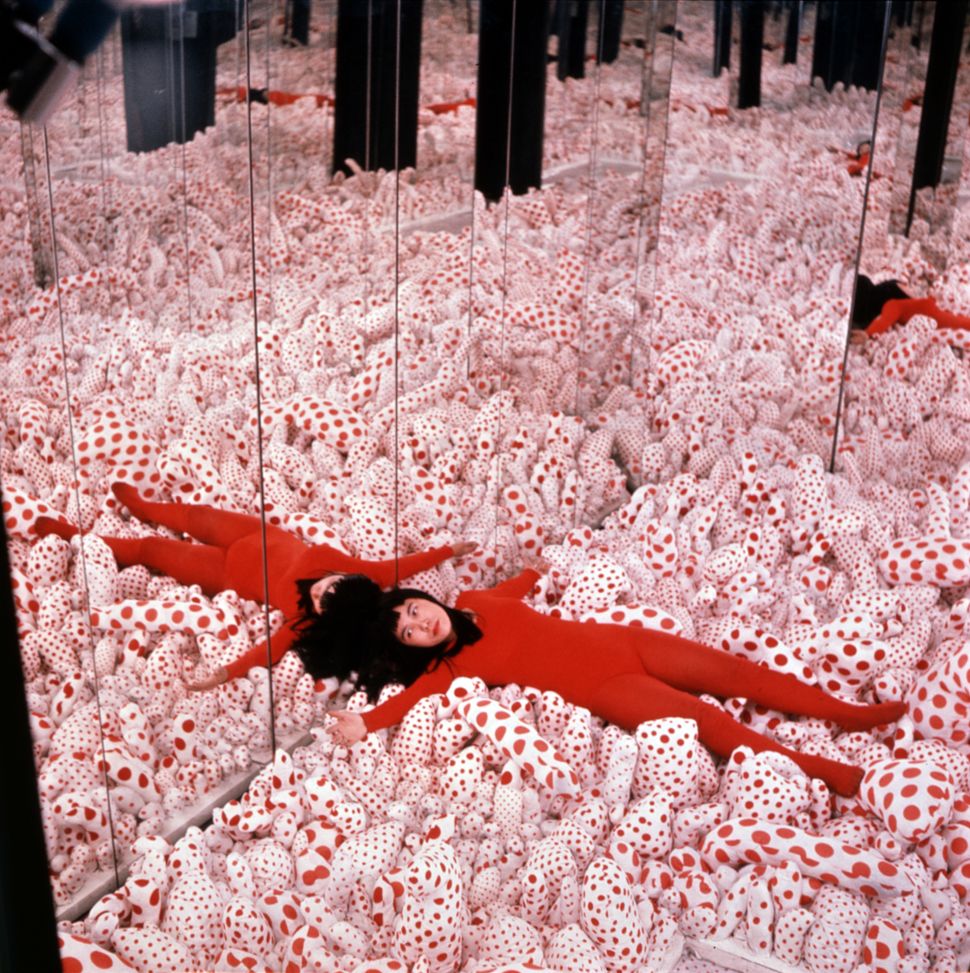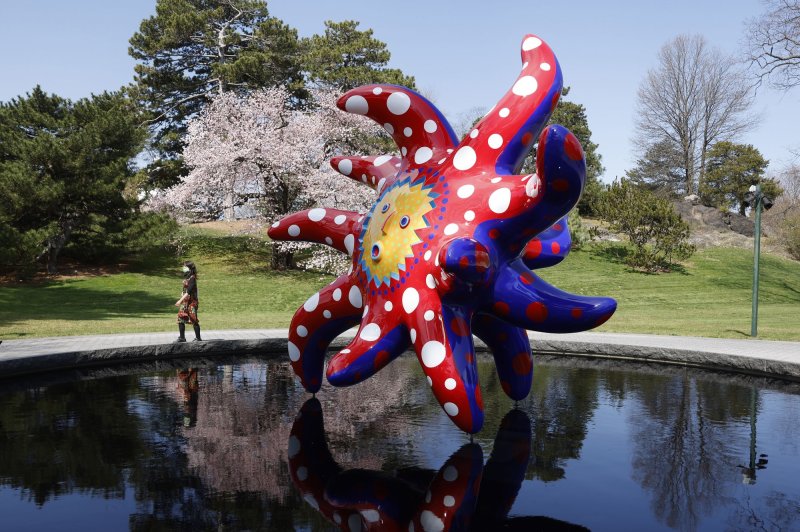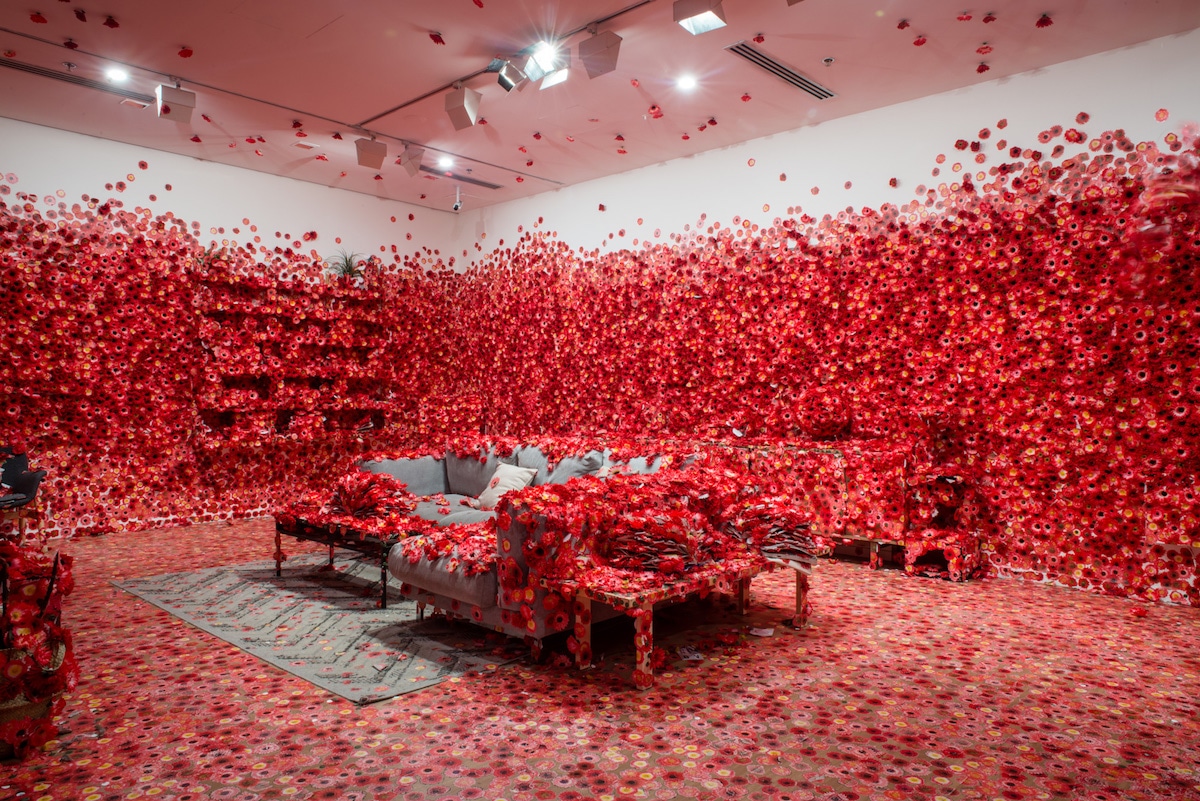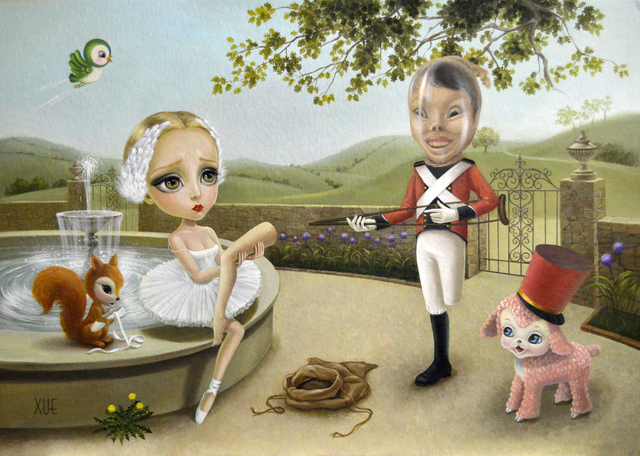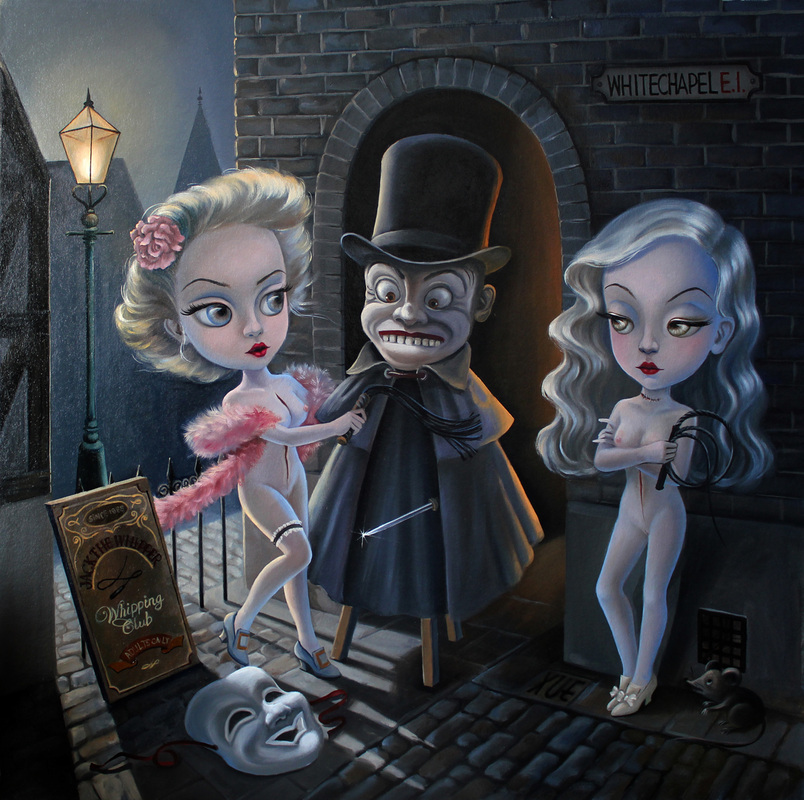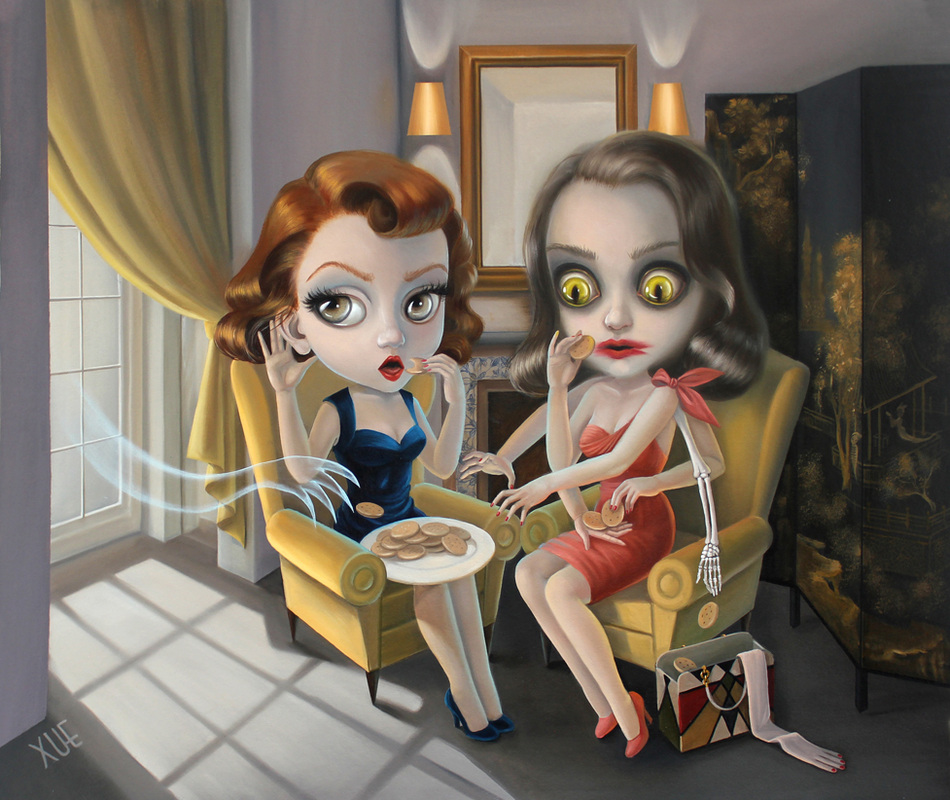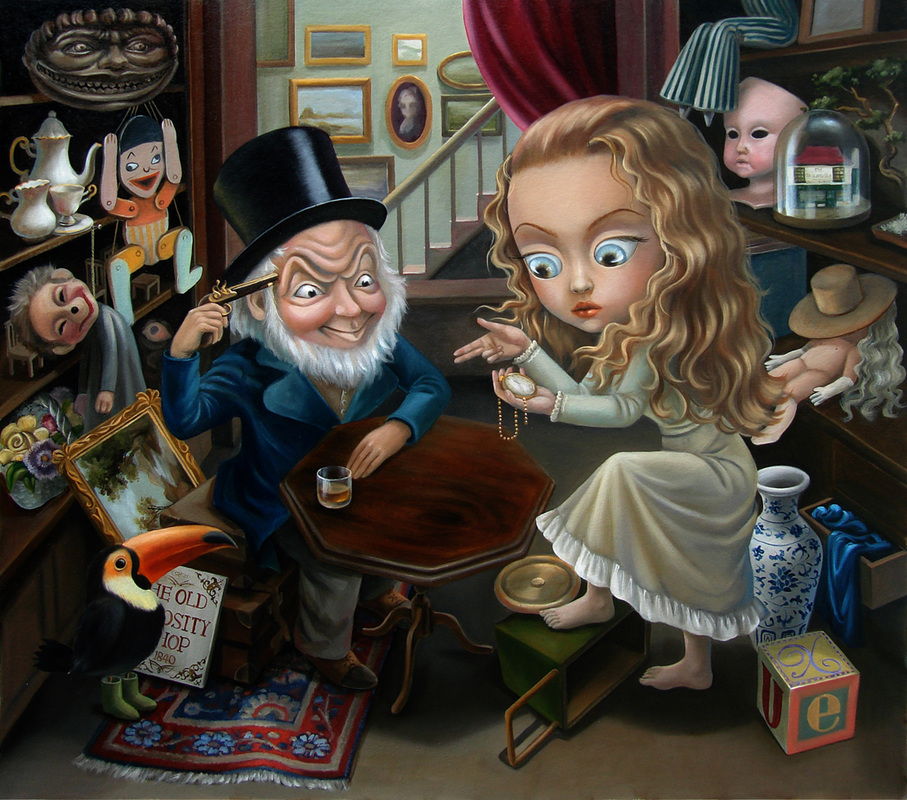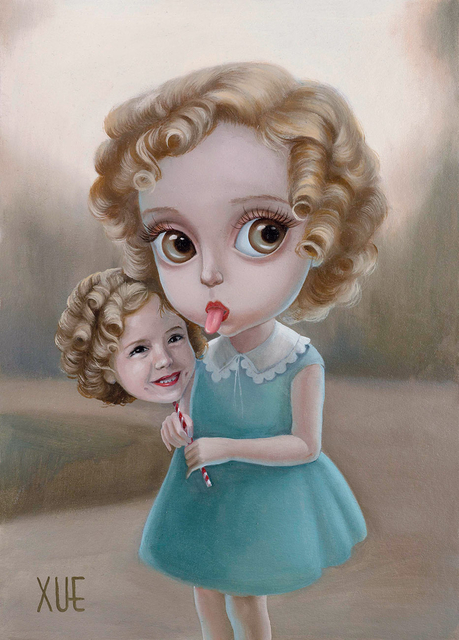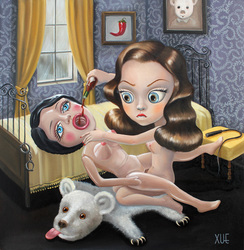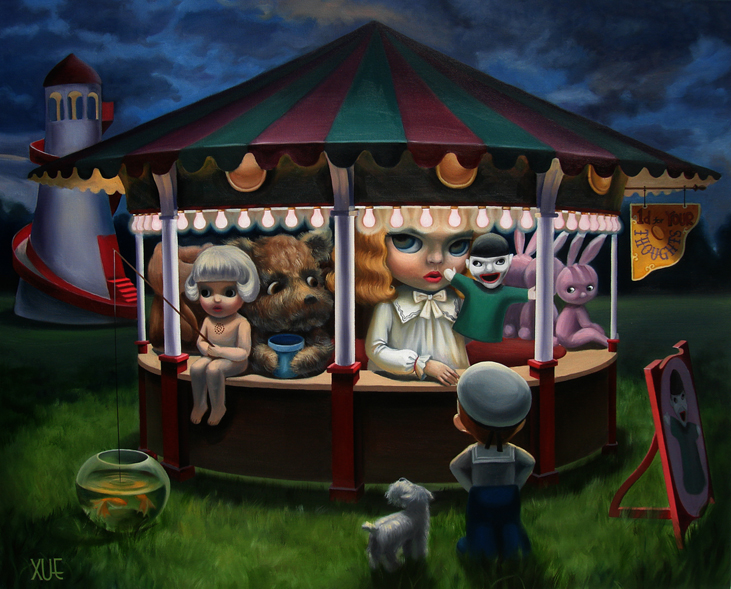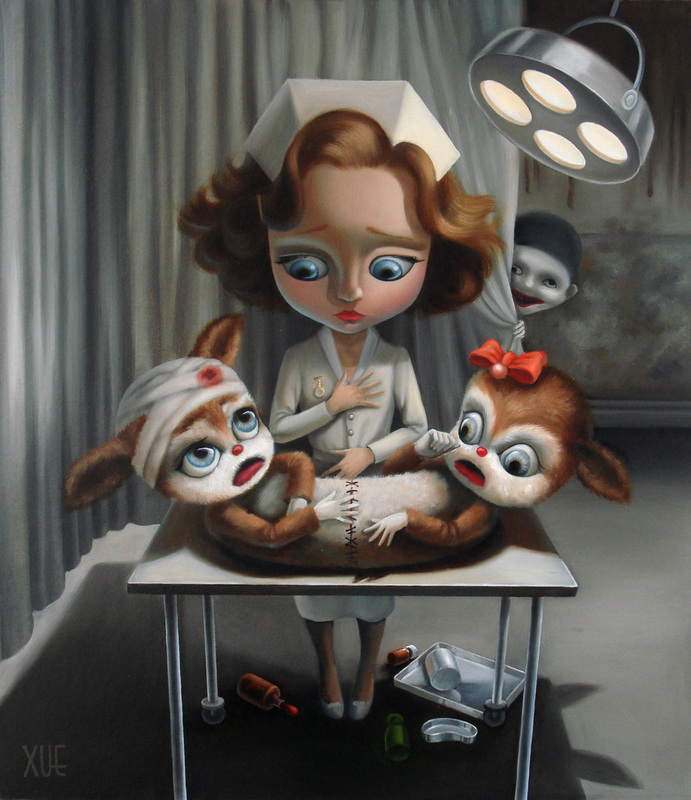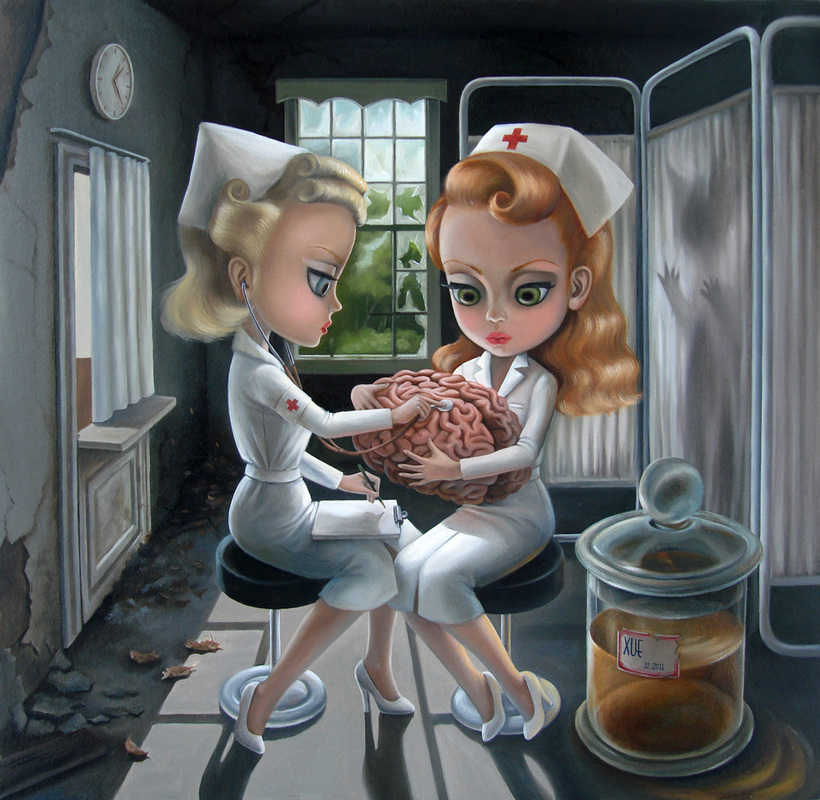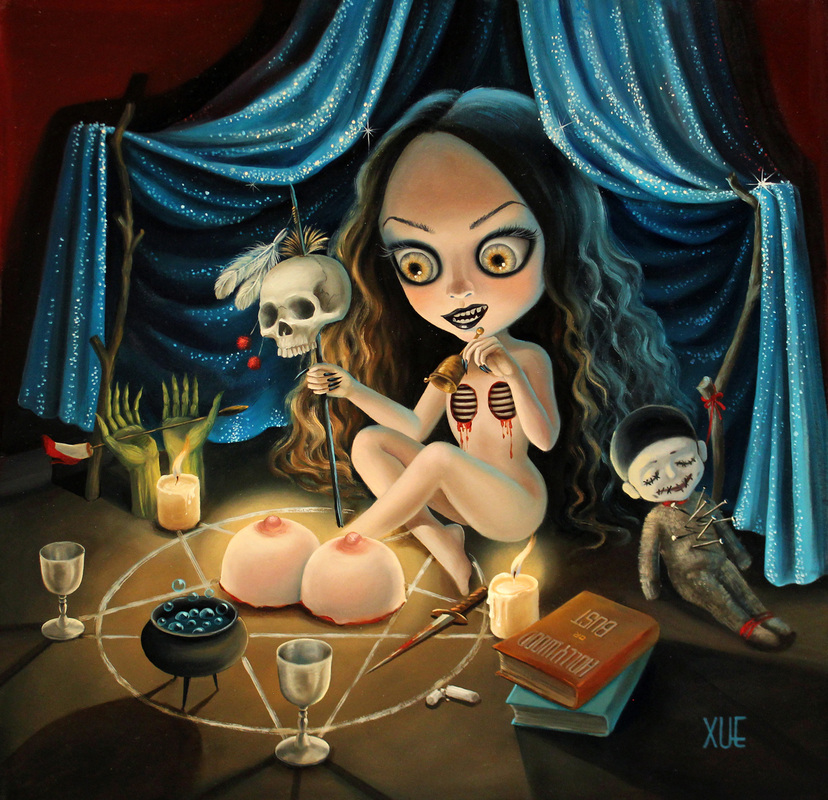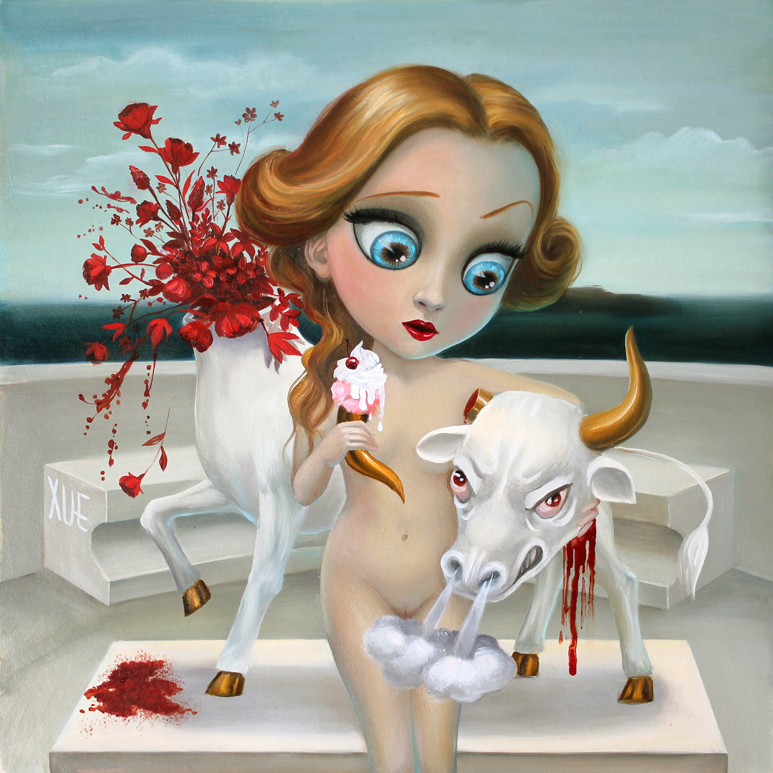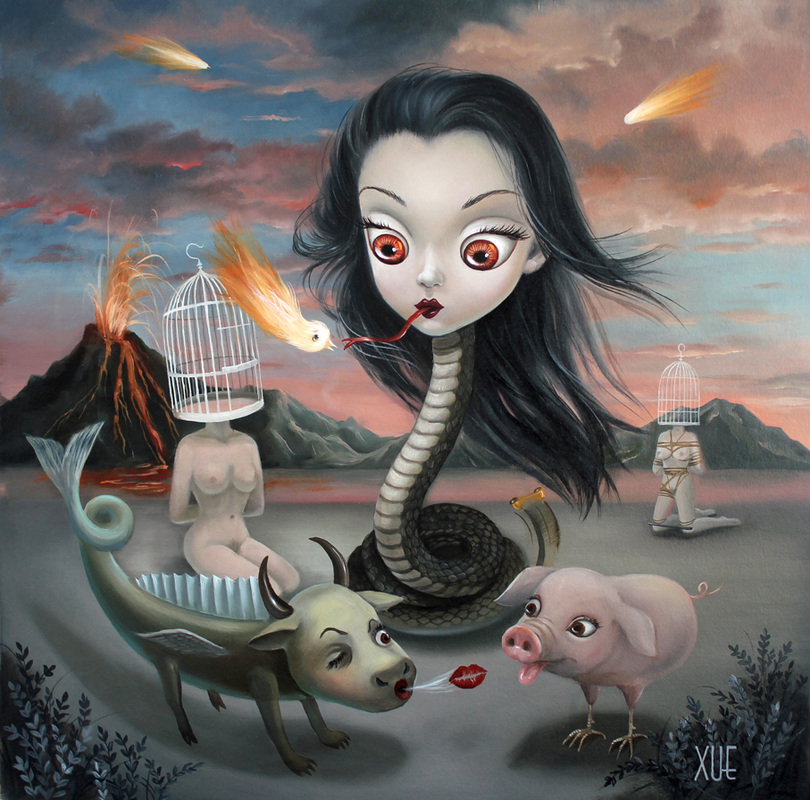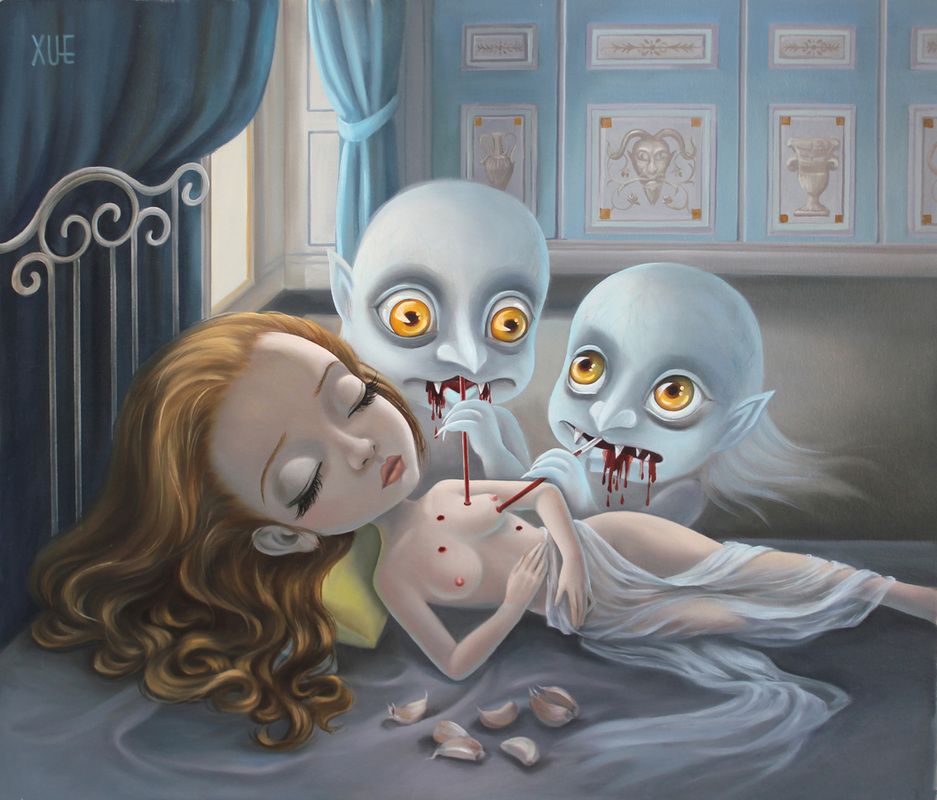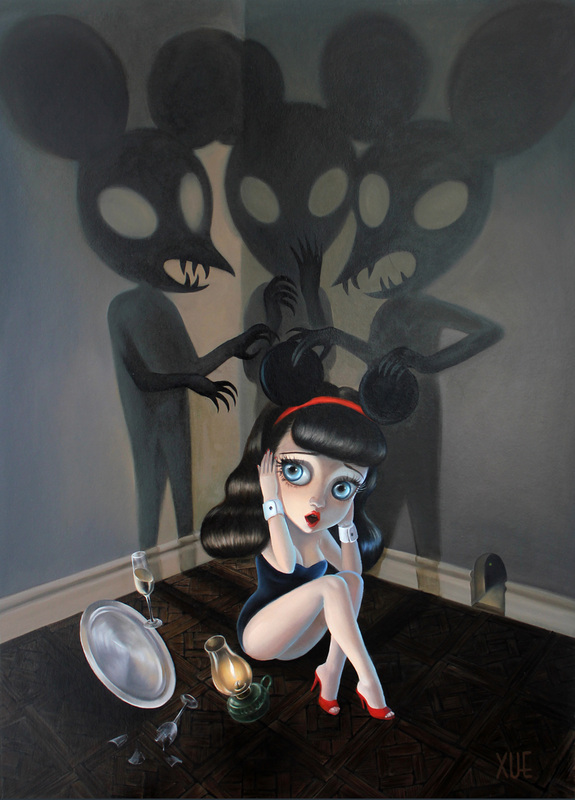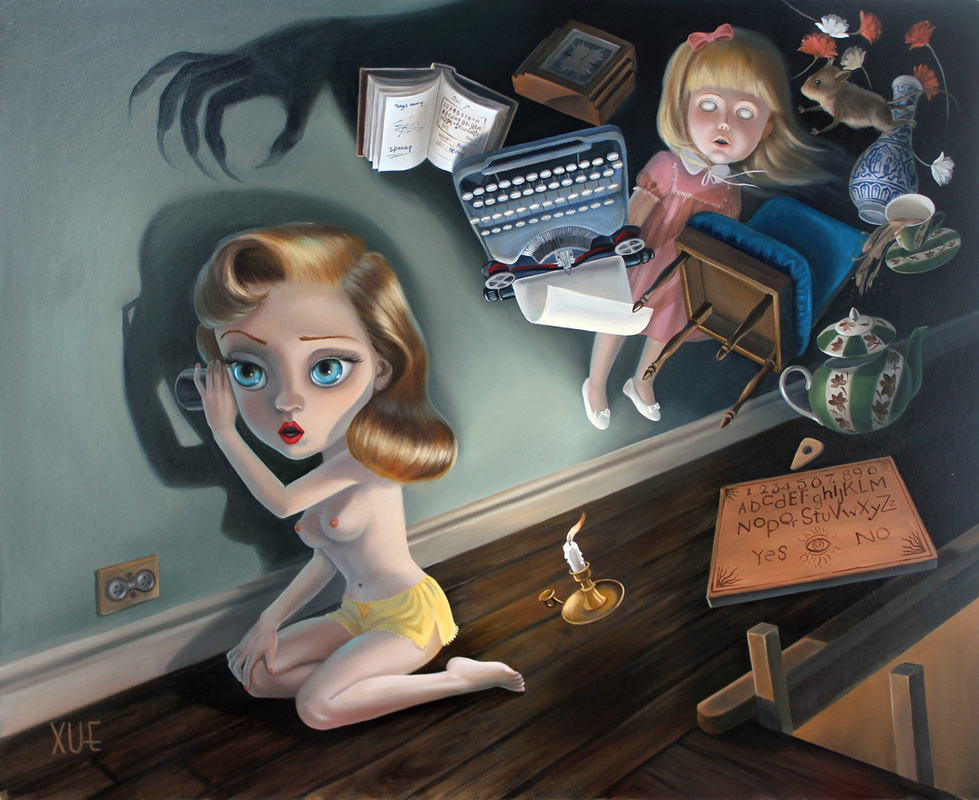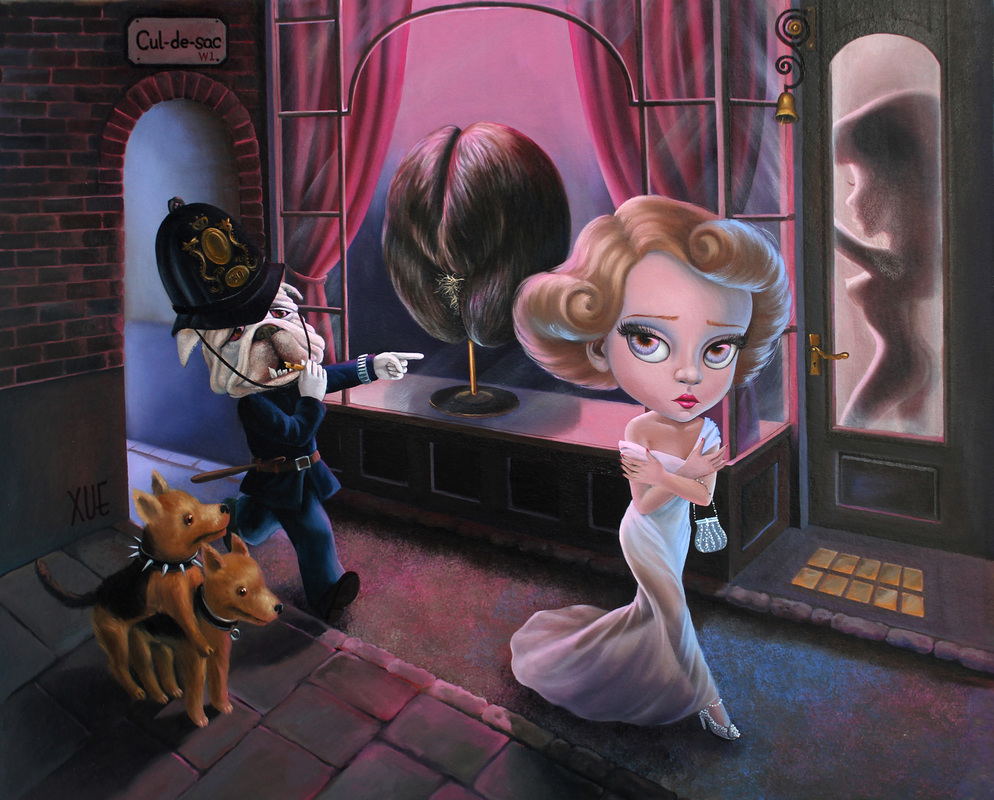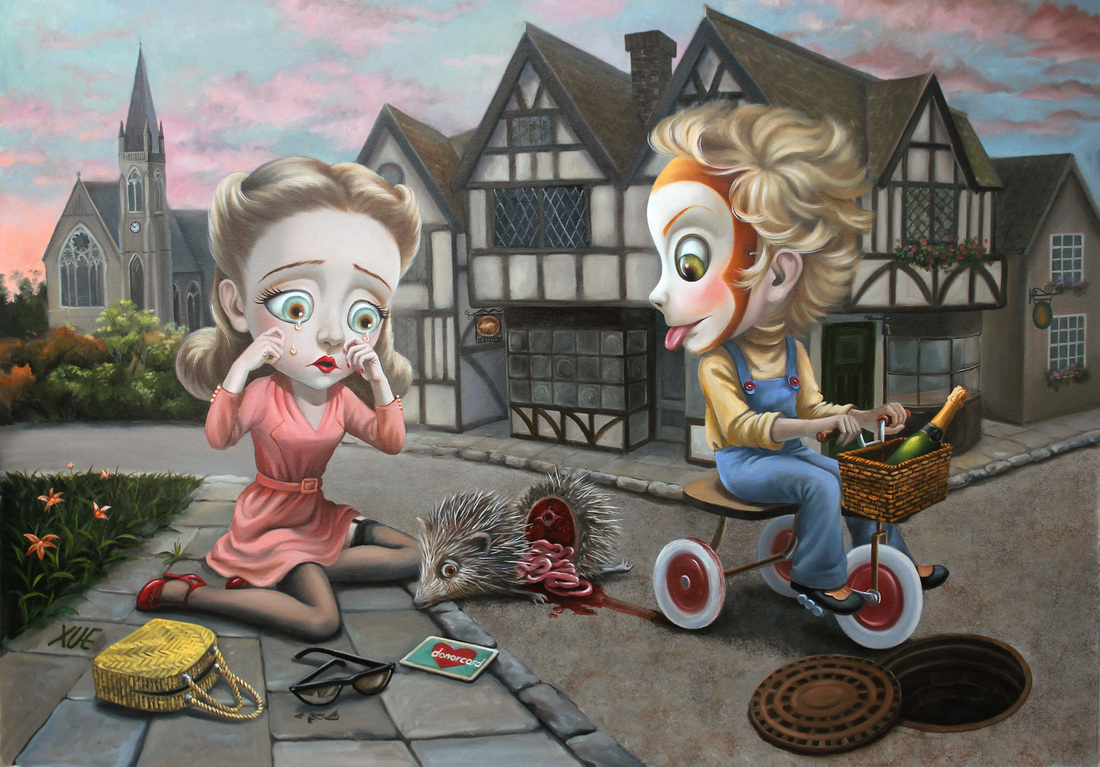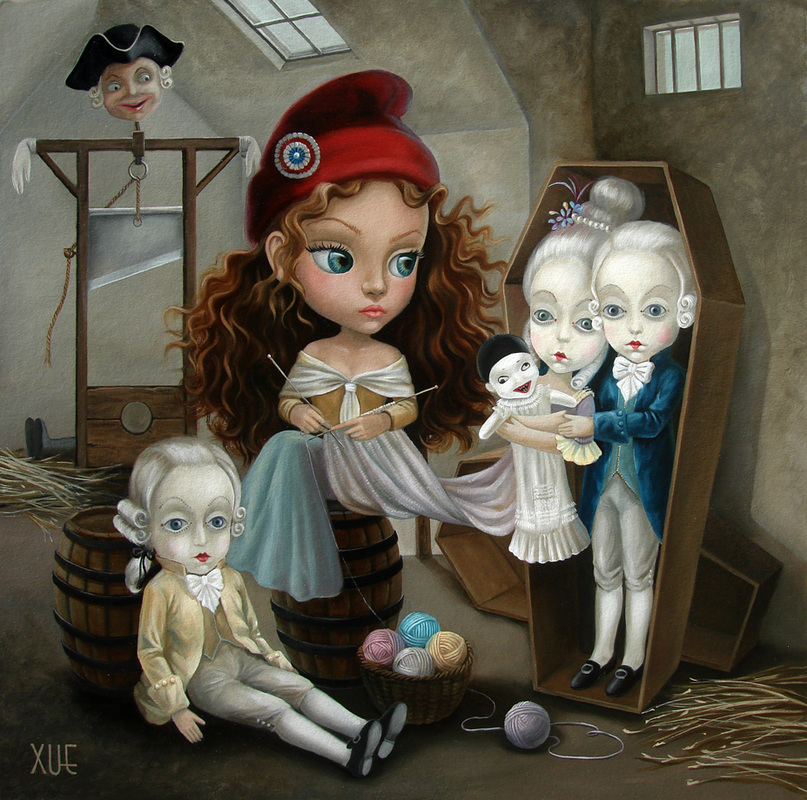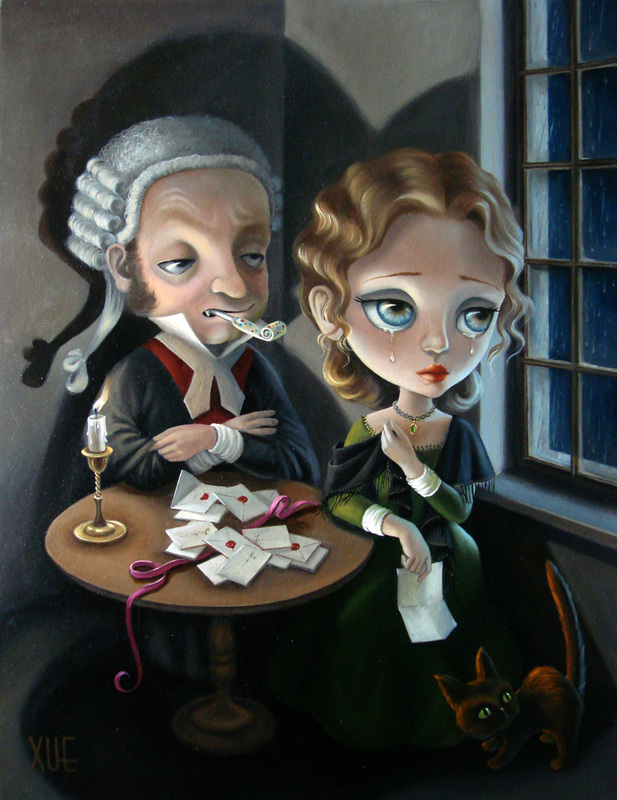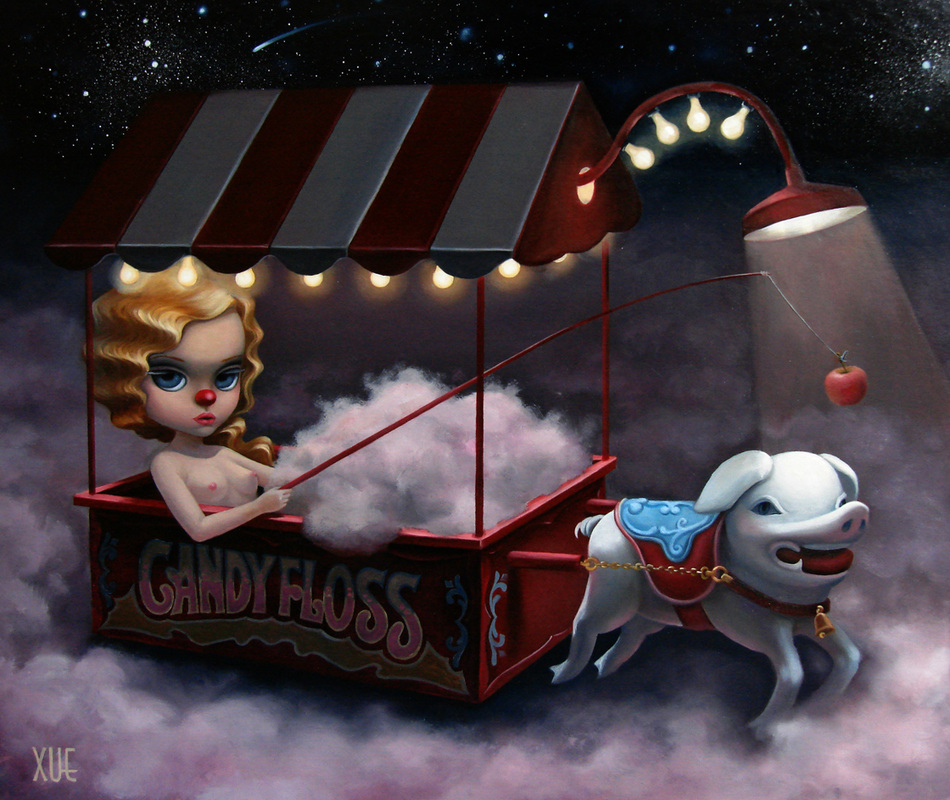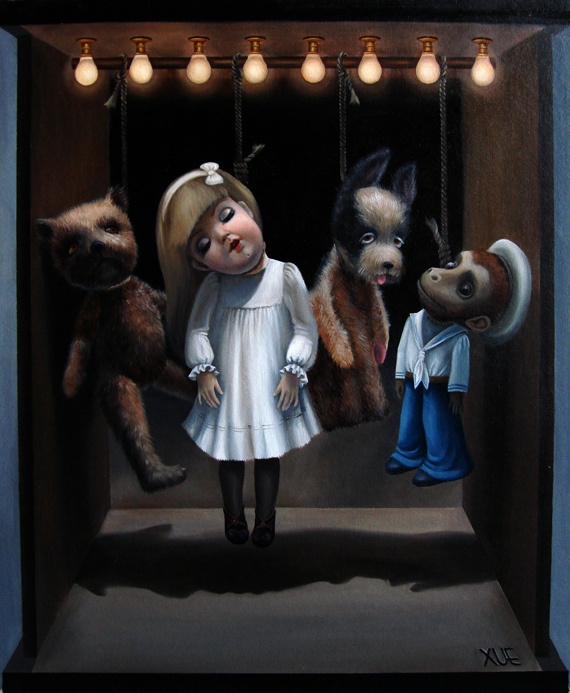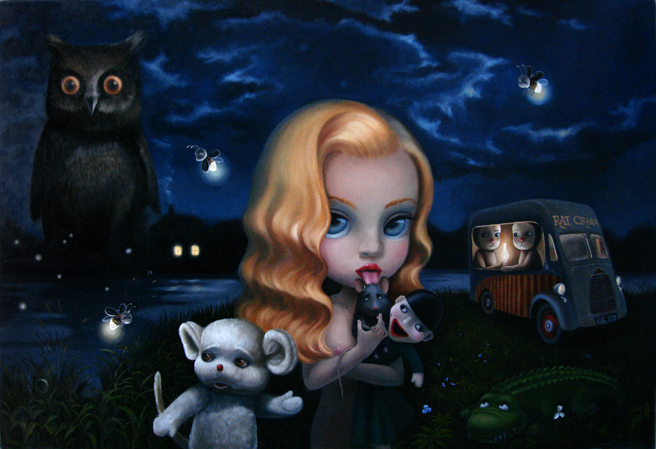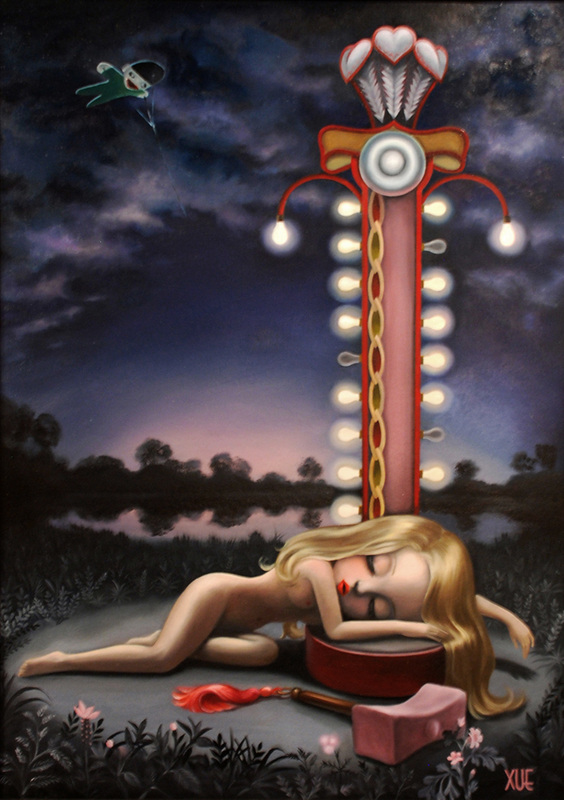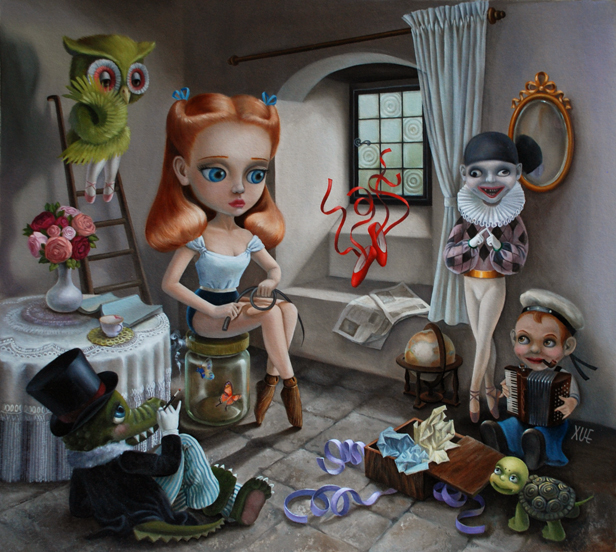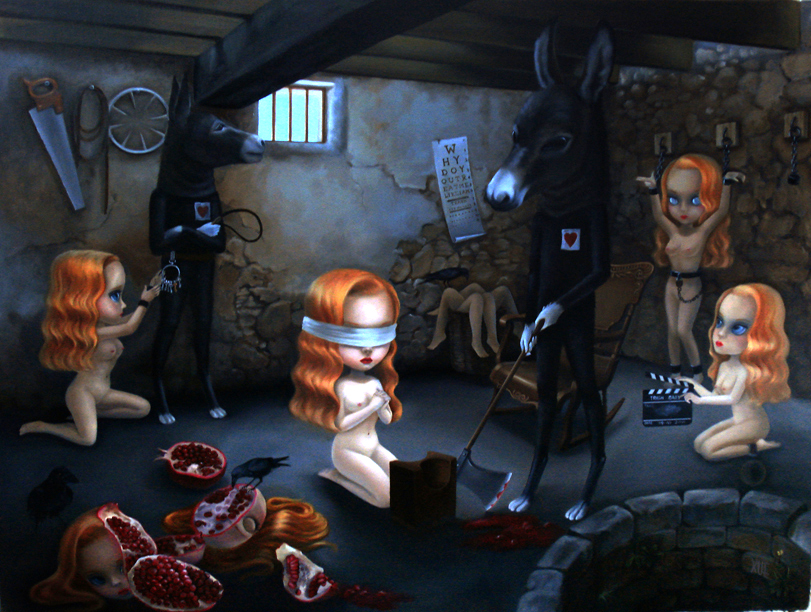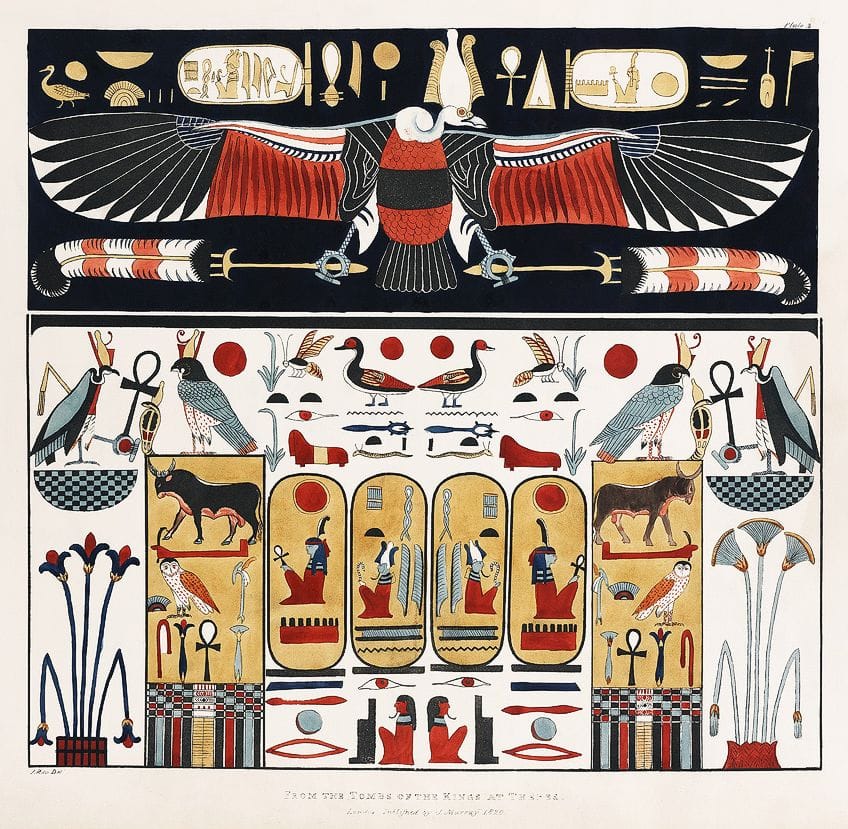Satanism in ART [Trigger Warning]
- Thread starter Vmort
- Start date
Shuna
Star
- Joined
- Apr 6, 2018
- Messages
- 1,364
Pour accompagner les cartes: Voici deux liens de sites Français: L'un montre les symboles des cartes, l'autres est l'utilisation vibratoire de la Kabbale:Actuellement, parmi les livres que je lis sur les symboles, j'ai récemment acheté, un livre sur le tarot. J'ai remarqué la ressemblance entre l'apprentissage Franc-Maçon et les cartes de tarot. En raison des postes actuels, du sujet si dessous, j'ai décidé, de poster un petit poste en avance:
Currently, among the books I read on symbols, I recently bought a book on tarot. I noticed the resemblance between Freemason learning and tarot cards. Due to the current posts, the subject below, I decided to post a small post in advance:

BTS discussion thread
He probably has many sugar daddies remember when they go on American shows he is the one who receives most attention from American TV show hosts he is sneaky Always the favorite ! He knows he can play the seducing card. And it's always men interviewer weirdly . Even black men, dude didn't even...vigilantcitizenforums.com
To accompany the cards: Here are two French site links: One shows the symbols of the cards, the other is the vibrational use of Kabbalah:
BTS discussion thread
Yeah, I saw a video about Ariana having to do weird fetish crap when she was working for Nickelodeon. So disturbing and sick! I feel for her and others that were child stars. Their parents should have never let them work in hollyweird! It was so disturbing, I don't even understand how people...
elsbet
Superstar
- Joined
- Jun 4, 2017
- Messages
- 5,122
Did you read the section a little further down, called Elaine & the Sisters of Light?Sisters of Light. The Shhh tattoo is usually associated with sisters of light or the Phoenician goddesses. A Mother Goddess oversees the witches covens in an area and coordinates events through those covens. This part is specific to sisters of light, not anyone else who gives this signal.
That part is an excerpt from the book by Rebecca Brown, MD (He Came to Set the Captives Free), written over 35 years ago in 1986. I think the events took place in the late 60s or early 70s.
She was utterly smeared and discredited, personally and professionally. I believe she may have lost her medical license, at one time. But... I believe that is how it works when you get too close, and shine a light on the darkness.
Interesting-- and tbh-- frightening book.
not falling 4 it
Rookie
- Joined
- May 23, 2020
- Messages
- 21
I've looked at this thread a couple times now, and clicked on the artists links....I know I'm supposed to be looking for what you posted above in "quote", but It would help if at some point, when/if you have the time to expose some. It's really dense art, and I just want to be able to see what you have the gifting and the ability to see. Thank you for your time and energy posting this.PETER PAN THEMES ALLUDES TO PAN
KIM NOBLE PART 2 Ryan Nieves, Danial Ryan, Andre Martins de Barros, Sally Mann, Zdzisław Beksiński, Michael Hussar, Pablo Picasso, Frida Kahlo, Norman Rockwell, J.C. Leyendecker, Dick Sargent, Thomas Eakins, André-Henri Dargelas (1828 - 1906), Salvador Dali, H.R. Giger, Aleksandra Waliszewska, Alex Grey, Andrew Ferez, André Breton, Hilma af Klint, Alan Clarke, Harry Clarke, Ruth Borum Loveland, Aleksandra Waliszewska, Maria Rubinke, Halloween, Lisbet Zwerger, Robert Ingpen, Arthur Rackham, Garth Knight, Adolf Hitler, Monica Piloni, Patricia Piccinini, biljana djurdjevic, Jakub Schikaneder, Ken Wong, Nicoletta Ceccoli, KuKula, Isabella Mazzanti, Brian Froud, Jean-Baptiste Monge, JIM HENSON, Daniel Carranza, Mary Ellen Mark, Mark Powell, Hajime Sawatari, Jock Sturges, Alain Laboile, Christer Karlstad, Solongo Monkhoori, Toshio Saeki - 佐伯俊男, Barry Moser, Krzysztof Iwin, Xue Wang, Yulia Taits, antonio-rizzi, Miles Teves, Abigail Rorer, Joseph Mugnaini, Julio Ruelas, Jaroslava Panušky, Harry O Morris, Wilfried Satty , MidnightZodiac, Henry Canine, David Herrerias, Johfra Bosschart, Rose O'Neill, Charles Keeping, Harry Borgman, Julius Evola, colin-murray, Geoffrey Gersten, McLean Kendree, Rafal Wechterowicz, Manuel Nuñez, Ryan Begley, Kate O’Hara, Dan Fletcher, Nathan Ota, Shannon Bonatakis, Kazuhiro Hori , Sugar fueled art, Andy Paciorek, Matt Gordon, Kirsty Mitchells, Tama aka Fallen Princess, Naoshi, Travis Bedel aka Bedelgeuse, Agim Sulaj, Rick Baker, Jarosław Datta, sara-kipin, Yosuke Yamaguchi, Peter Croy , Andrzej Wróblewski, Tadeusz Makowski, Kate Zambrano, Lapo, Peter Newell, Paweł Jońca, Lui Lui, Isuri Merenchi Hewage, Irina & Silviu Székely, Babs Webb , Noell Oszvald, Polly Nor, Giona Fiochi, Lev Ani, Daan Botlek, Italia Ruotolo, Chuck Jarman, Tht-tne, Vergvoktre, Etam Cru, Yari Di Giampietro, Nikos Gyftakis, Becky Cloonan, Akiya Kageichi, Pauline Krier, Matt Rockefeller, Ciou, Kris Knight, Dugald Stewart Walker, Lori Nelson, Robert Oscar Lenkiewicz, Nathalia Suellen, Renee French, Dug Stanat, Robin Van Valkenburgh, Mercer Mayer, Wallace Smith,
Tarmasz, Dieric Bouts, Frederick Ruysch, Christian Baron, Førtifem, Andy Kehoe, Martin Tomsky, Lisa Lach-Nielsen, C7, Giulio's Dreamworlds, Bruce Pennington, Peter Birkhauser, Beresford Egan, Henry Holliday, Phlegm, James Kimrey Hindle, Niki Boon, Ball Jointed Dolls , Alyssa Monks, Khalil Chishtee, Cobweb Mehers, elberto-pinto-pabon, David Moreno Zepeda, Murray Kimber, Eugenia Loli, Lars Krause, Edie Roberson, Alessia Mannini, Chelsea Greene Lewyta, Jhon aka David Avendaño, Shadi Ghadirian, Rebecca Hampton, The Wild Rose’s Mesmerizing Stories, Nynewe, Les Deux Garçons, Cendrine Rovini, Erika Sanada, Julia deVille, Asger Carlsen, Samuel Araya, Antonio Lorente, Sibylle Ruppert, Bertil Nilsson, Rik Garrett, Elizabeth Shupe, Gabriella Barouch, Ernest Gayac, Mab Graves, Bror Anders Wikstrom, Franz Wacik, Marcel Roux, Guillermo Lorca, Courtney Brooke, Fortunio Liceti, Arent van Bolten, Ferenc Helbing, Roberto Innocenti, Violeta Hernández, Femke Hiemstra, Isa Marcelli, Mr Finch, Soner Çakmak, Elias Santis, Jessica Ann White - JAW Tattoo, José Luis Carranza Gonzalez, Abigail Brown, Naomi Devil, Wiener Werkstätte Petra Svager, robyn-cumming, Jesús Gabán Bravo, Charles Vess, Mœbius & Alejandro Jodorowsky, Milton Glaser, Carl Otto Czeschka, Jacob Bannon, Quint Buchholz, lynd-ward, Ofra Amit, Alex Garant, Felicien Rops, Barbara Bargiggia, Sarah Lucas, Hristo Yotov, Guy Billout, Seymour Chwast, Alberto Andreis, Nathan Chesshir, Blood milk jewels, Chris Weston, Anupong Chantorn, Prateep Kochabua, Mirka Mora, Jed Leiknes, Risa Mehmet, Morg Armeni, William Holbrook Beard, Stacey Rozich , Jane Long, Kana Handel, Keita Morimoto, Jens Galschiot, Anchalee Arayapongpanich , elke-wassmann, Theofilos Katsipanos, Bill Domonkos, Irini Iliopoulou, Les amants trépassés, Kostas Dios, Simen Johan , Mieke Werners, Kunkka, Cristina Burns, Brian Vu, Miwa Yanagi, Henk Sentel, Rory Kurtz, Mateo Dineen, Shoji Tanaka, Lourdes Leite , OuZo Kim, Tove Jansson, Shintaro Kago, Jana Heidersdorf, Jake Waldron, Karen Hsiao, Bruno Pontiroli, José Luis López Galván, Jordu Schell, Michelle Kingdom,andrey-drozdov, Uriel Valentin, jake-fried, Ryan Hanley, sandra-arteaga, Jean Jullien, Benjamin Mackey from Society 6, Mike Kuchar, Leah Emery, Mark James Porter, Romualdas Požerskis, Aubrey Beardsley, Aaron Horkey, Caitlin McCormack, Uno Gomez, Ernst Fuchs, Man Ray, Agan Harahap, Natalia Drepina, Cathy Cullis, Damian Michaels, Kim Holm, Giulia Bersani, Glyn Smyth, John D. Batten, Sungwon Hwang, Apollonia Saintclair, Manuel Sanjulián, Tina Lugo, Glenn Fagertveit, Christopher Lovell, Paul Yore, Xueguo Yang, Dorote Zaukaite, George Quaintance, Mrzyk & Moriceau, Shae DeTar, Elias Aquino, Scytheprayer, Mark Cooper, Amandine Urruty, Wanda Wulz, Jeff Jordan, elisabet-stienstra, Katerina Plotnikova, Cristina Garcia Rodero, Alfred Kubin, Chien-Chi Chang, Franz Marc, René François Ghislain Magritte, Jeff Simpson, Tip Toland, Anita Anti, maria-ionova-gribina, Lukáš Kándl, Frodo Mikkelsen, Catalin Precup, Anastasia Radevich, Stu Mead, veda-wildfire, Yasam Sasmazer, Clayton Keyes, Costantino Di Renzo, Mandy Tsung, Javier Aguilera, George Klauba, Duma, Riikka Sormunen, Anna Conway, Mike Wilks, Wainer Vaccari, Jennifer Nehrbass, Eteri Chkadua, Helen Flockhart, Michael Reedy, Lola Gil, Frank McLean Docherty, Juan José Surace, Magdalene Gluszek, Sicioldr, Costa, Bob Doucette, Ada Dobrzelecka, Juul Kraijer, Akiko Endo, Veks Van Hillik, Alexandr Kumpan, Yoko Tanaka, Grindesign, csaba-mullner, Alexandre Nicolas, Richard Willenbrink, Albert Robbe,kuji-yukari, Van Arno, Ray Richardso, Jono Rotman, Frank McNab, Tom Haring, Jim Collier, F. Scott Hess, Alicia Baladan, Billy Norrby, Lilly Piri, Irvine Peacock, Maki Horanai, Shulzhenko Vasily Vladimirovich, Alexander Lyamkin, Alice Wellinger
Quote:
Children, alone, vulnerable, threatened.
Animal/Human hybrids. Animal heads on human bodies.
Iconography associated with death. Coffins. Skeletons.
One eyed symbolism
Obscured/Distorted faces. Alternates
Empty faces devoid of expression
Mutilated bodies
Pyramid/Egyptian iconography
MK Ultra / Monarch references butterflies, Alice in Wonderland etc
Birds
Horned people
Large faced children/women often masked.
Clowns and clown masks
Bondage/restraint references
Serpents
Candygore is pure satanic, guys.
I would also love to learn information about about the art we put on here. When I find something, I can see its satanic and I put it up. But I am not sure how it all goes together. They all have the same themes. Is all the satanic stuff we see just how the evil people live? Or are curses being put on us? Are some of the people related to eachother? It may be one big family like Fritz Springmeir's 13 illuminati bloodlines.I've looked at this thread a couple times now, and clicked on the artists links....I know I'm supposed to be looking for what you posted above in "quote", but It would help if at some point, when/if you have the time to expose some. It's really dense art, and I just want to be able to see what you have the gifting and the ability to see. Thank you for your time and energy posting this.
Naïve art
Naïve art is usually defined as visual art that is created by a person who lacks the formal education and training that a professional artist undergoes (in anatomy, art history, technique, perspective, ways of seeing).[1] When this aesthetic is emulated by a trained artist, the result is sometimes called primitivism, pseudo-naïve art,[2] or faux naïve art.[3]
Naïve art[7] is often seen as outsider art that is by someone without formal (or little) training or degree. While this was true before the twentieth century, there are now academies for naïve art. Naïve art is now a fully recognized art genre, represented in art galleries worldwide.
The characteristics of naïve art have an awkward relationship to the formal qualities of painting, especially not respecting the three rules of the perspective (such as defined by the Progressive Painters of the Renaissance):
Whereas naïve art ideally describes the work of an artist who did not receive formal education in an art school or academy, for example Henri Rousseau or Alfred Wallis, 'pseudo naïve' or 'faux naïve' art describes the work of an artist working in a more imitative or self-conscious mode and whose work can be seen as more imitative than original.
Henri Rousseau


Used in META commertion
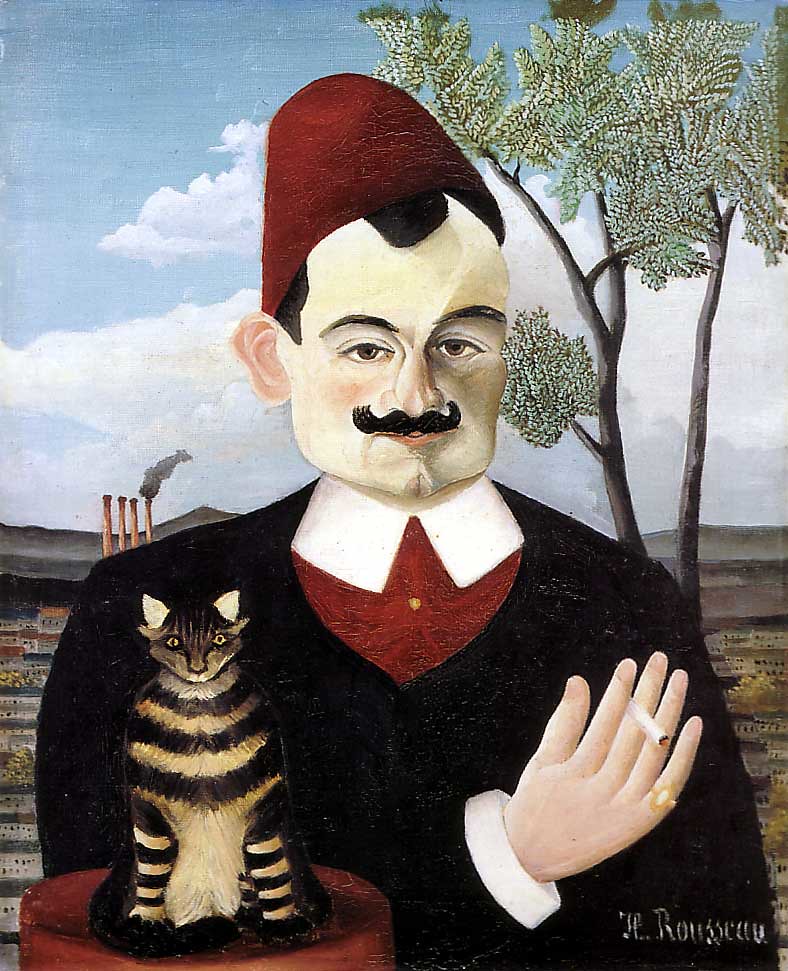

Primitivism
Primitivism is a mode of aesthetic idealization that either emulates or aspires to recreate "primitive" experience. It is also defined as a philosophical doctrine that considers "primitive" peoples as more noble than civilized peoples and was an offshoot of a nostalgia for a lost Eden or Golden Age.[1]
ART SOCIETY 6. Pleanty of art with satanic themes.
As example JIMMY KNIVES
Nude Descending a Staircase, No. 2
Nude Descending a Staircase, No. 2 (French: Nu descendant un escalier n° 2) is a 1912 painting by Marcel Duchamp. The work is widely regarded as a Modernist classic and has become one of the most famous of its time. Before its first presentation at the 1912 Salon des Indépendants in Paris it was rejected by the Cubists as being too Futurist. It was then exhibited with the Cubists at Galeries Dalmau's Exposició d'Art Cubista, in Barcelona, 20 April–10 May 1912.[1] The painting was subsequently shown, and ridiculed, at the 1913 Armory Show in New York City.
Nude Descending a Staircase, No. 2 was reproduced by Guillaume Apollinaire in his 1913 book, Les Peintres Cubistes, Méditations Esthétiques. It is now in the Louise and Walter Arensberg Collection of the Philadelphia Museum of Art.[2]

Naïve art is usually defined as visual art that is created by a person who lacks the formal education and training that a professional artist undergoes (in anatomy, art history, technique, perspective, ways of seeing).[1] When this aesthetic is emulated by a trained artist, the result is sometimes called primitivism, pseudo-naïve art,[2] or faux naïve art.[3]
Naïve art[7] is often seen as outsider art that is by someone without formal (or little) training or degree. While this was true before the twentieth century, there are now academies for naïve art. Naïve art is now a fully recognized art genre, represented in art galleries worldwide.
The characteristics of naïve art have an awkward relationship to the formal qualities of painting, especially not respecting the three rules of the perspective (such as defined by the Progressive Painters of the Renaissance):
- Decrease of the size of objects proportionally with distance,
- Muting of colors with distance,
- Decrease of the precision of details with distance,
- Effects of perspective geometrically erroneous (awkward aspect of the works, children's drawings look, or medieval painting look, but the comparison stops there)
- Strong use of pattern, unrefined color on all the plans of the composition, without enfeeblement in the background,
- An equal accuracy brought to details, including those of the background which should be shaded off.
Whereas naïve art ideally describes the work of an artist who did not receive formal education in an art school or academy, for example Henri Rousseau or Alfred Wallis, 'pseudo naïve' or 'faux naïve' art describes the work of an artist working in a more imitative or self-conscious mode and whose work can be seen as more imitative than original.
Henri Rousseau


Used in META commertion


Primitivism
Primitivism is a mode of aesthetic idealization that either emulates or aspires to recreate "primitive" experience. It is also defined as a philosophical doctrine that considers "primitive" peoples as more noble than civilized peoples and was an offshoot of a nostalgia for a lost Eden or Golden Age.[1]
ART SOCIETY 6. Pleanty of art with satanic themes.
As example JIMMY KNIVES
Nude Descending a Staircase, No. 2
Nude Descending a Staircase, No. 2 (French: Nu descendant un escalier n° 2) is a 1912 painting by Marcel Duchamp. The work is widely regarded as a Modernist classic and has become one of the most famous of its time. Before its first presentation at the 1912 Salon des Indépendants in Paris it was rejected by the Cubists as being too Futurist. It was then exhibited with the Cubists at Galeries Dalmau's Exposició d'Art Cubista, in Barcelona, 20 April–10 May 1912.[1] The painting was subsequently shown, and ridiculed, at the 1913 Armory Show in New York City.
Nude Descending a Staircase, No. 2 was reproduced by Guillaume Apollinaire in his 1913 book, Les Peintres Cubistes, Méditations Esthétiques. It is now in the Louise and Walter Arensberg Collection of the Philadelphia Museum of Art.[2]

Last edited:
Shuna
Star
- Joined
- Apr 6, 2018
- Messages
- 1,364
Speaking of Jean Cocteau, I hadn't scored, but in 'Les Carnets de Julie', in special episodes, 'à la table de' (with the name of the person, just after). We see his house, and among the objects, they had mirrors. One from the movie 'Beauty and the Beast'. And said according to, the one who visited, that the mirrors were the soul. Often people represent mirrors as the reflection of the soul. A mirror is also placed in the center of the Freemason altar. That they use at the end of the meal, where on the right side of the piece of furniture, the master (only the masters can touch, the piece of furniture) poses his left hand (the hand, which sucks the energy). And on the other after the chain, creating with the other members, a master places his right hand (giving hand) on the opposite door. The chain is represented, in Freemasonry illustrations, by a rope. Where he has the mirror, he has a checkerboard, which goes towards the center. The checkerboard, which normally forms a rectangle, goes towards the mirror, forming, thanks to the mirror, an hourglass. And form, if we continue, the edges, form a triangle. The energy, which circulates, replaces the soul of the members with a new one.
It also has a writing room, with leopard wallpaper.
And a room, with a bed, whose foot (normally, the feet absorbs the energy of the earth, here it is the opposite, it absorbs the energy of the sun (which is normally, for the Goddess) is towards the window, and at her head, a black statue [of a woman (normally)], represents in my opinion the Goddess, Satan. Her bed is moreover covered, like a tent. The roof, like the veil, represents the sky of night.
Here is a video, of his house and at the end of the church, that he did, the illustrations:
Christian Louboutin
RED SHOES










Jean Cocteau
Jean Marais was his MK ULTRA slave




He was friend of Christian DIOR



John_Galliano
Dance Macabre. Gucci 2018
Maison Margiela SS 2021
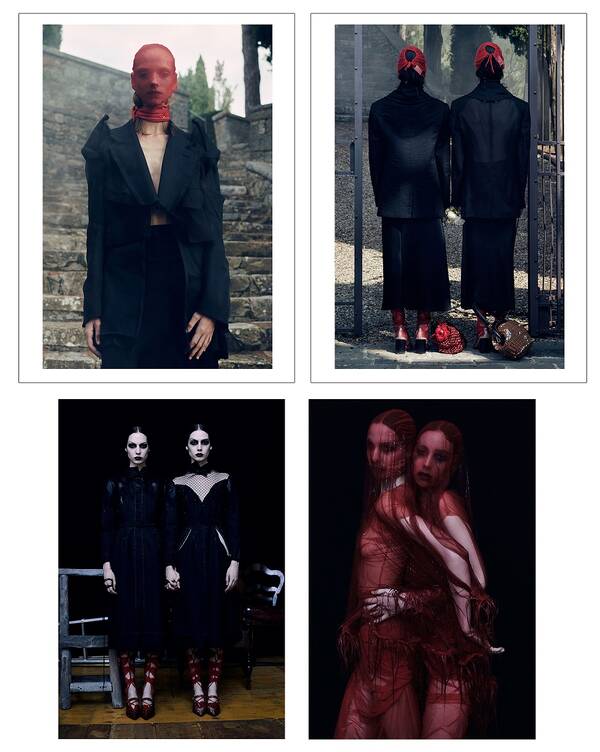
RED SHOES










Jean Cocteau
Jean Marais was his MK ULTRA slave




He was friend of Christian DIOR



John_Galliano
Dance Macabre. Gucci 2018
Maison Margiela SS 2021

Last edited:
Yes, intresting connection because it is the first time I see chechkerboard with Egiptian culture. And that Black and Red pattern I have never seen in Egipt before.Tomb of the king of Thebes
Checkerboard, owls, bees, eyes
André-Henri Dargelas (1828 - 1906)
It is a fatal mistake to think that HIVITES have some art styles. Thay can appear in any art style.
'André Henri Dargelas, born in Bordeaux on October 11, 1828 and died in Écouen in June 1906, is a French painter and designer of the realist movement....From 1850 on, his works enjoyed particular success in Great Britain after enthusiastic criticism from English art critic John Ruskin who appreciated Dargelas' sentimental vision of childhood.'
http://fr.wikipedia.org/wiki/André-Henri_Dargelas

1812 catastrophy theme. Empty city. Two boys have red socks, the secon have blak hypercube at his head.










Jean-Baptiste Monge


Daniel Carranza

Last edited:
KuKula
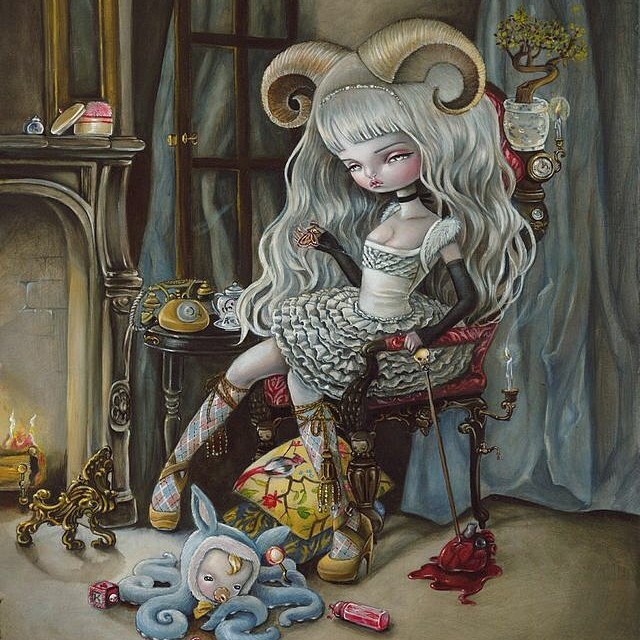


Isabella Mazzanti




Brian Froud



JIM HENSON
Naïve art
Naïve art is usually defined as visual art that is created by a person who lacks the formal education and training that a professional artist undergoes (in anatomy, art history, technique, perspective, ways of seeing).[1] When this aesthetic is emulated by a trained artist, the result is sometimes called primitivism, pseudo-naïve art,[2] or faux naïve art.[3]
Naïve art[7] is often seen as outsider art that is by someone without formal (or little) training or degree. While this was true before the twentieth century, there are now academies for naïve art. Naïve art is now a fully recognized art genre, represented in art galleries worldwide.
The characteristics of naïve art have an awkward relationship to the formal qualities of painting, especially not respecting the three rules of the perspective (such as defined by the Progressive Painters of the Renaissance):
Whereas naïve art ideally describes the work of an artist who did not receive formal education in an art school or academy, for example Henri Rousseau or Alfred Wallis, 'pseudo naïve' or 'faux naïve' art describes the work of an artist working in a more imitative or self-conscious mode and whose work can be seen as more imitative than original.
Henri Rousseau






Isabella Mazzanti




Brian Froud



JIM HENSON
Naïve art
Naïve art is usually defined as visual art that is created by a person who lacks the formal education and training that a professional artist undergoes (in anatomy, art history, technique, perspective, ways of seeing).[1] When this aesthetic is emulated by a trained artist, the result is sometimes called primitivism, pseudo-naïve art,[2] or faux naïve art.[3]
Naïve art[7] is often seen as outsider art that is by someone without formal (or little) training or degree. While this was true before the twentieth century, there are now academies for naïve art. Naïve art is now a fully recognized art genre, represented in art galleries worldwide.
The characteristics of naïve art have an awkward relationship to the formal qualities of painting, especially not respecting the three rules of the perspective (such as defined by the Progressive Painters of the Renaissance):
- Decrease of the size of objects proportionally with distance,
- Muting of colors with distance,
- Decrease of the precision of details with distance,
- Effects of perspective geometrically erroneous (awkward aspect of the works, children's drawings look, or medieval painting look, but the comparison stops there)
- Strong use of pattern, unrefined color on all the plans of the composition, without enfeeblement in the background,
- An equal accuracy brought to details, including those of the background which should be shaded off.
Whereas naïve art ideally describes the work of an artist who did not receive formal education in an art school or academy, for example Henri Rousseau or Alfred Wallis, 'pseudo naïve' or 'faux naïve' art describes the work of an artist working in a more imitative or self-conscious mode and whose work can be seen as more imitative than original.
Henri Rousseau



Last edited:
Shuna
Star
- Joined
- Apr 6, 2018
- Messages
- 1,364
Freemason > Shriners > Royal Order of Jesters mascot looks like the Ancient Egyptian fertility god Bes. Read the post here to learn about the perverted Jesters.

Merci, pour le lien, C'est hallucinant, le nombre de symboles, que j'ai trouvé... Et ma aidée, a confirmé, que certains on des références Franc-Maçonne, en tout cas, dans la réalisation, cinématographique... Ainsi, que la musique, comme la KPop: le Dieu, représenté avec des morceaux de voiture (dont un tuyau, qui dans certains clips, est remplacé par une batte) et outils de réparations, porte, avec la jambe gauche. Je me demande, par contre, est-ce que ça marche, lorsqu'ils frappent, la caméra, avec la jambe droite... normalement oui. Il a aussi la référence à la couronne, j'ai remarqué, que la couronne à pointe, comporte des boulles, au bout des piques. Peut être une référence, de l'acte sexuel, puisqu'ils sont soit assis complètement, soit comme, sur le badge, une jambe lever.
L'autre est le mouvement de la main droite, avec le couteau (le salut), devant le front. Ce que fait le héro, celui, qu'on présente, comme le messie, d'ailleurs, rien que le logo, comporte, pleins de symboles:
Sinon, le chapeau Turc:
Qui est porté, par Doctor Who, il portera, aussi une tenue, Franc-Maçonne, dans un lieu, à quelques détailles symboliques. Il a aussi, dans "L'Attaque des Titans", certains membres, du peuple de Marh portent, le même chapeau, et parmi, tout les autres symboles. Le père d'Eren, créant une révolution, se coupe, la poitrine, en signe de reconnaissance.
Et t'en qu'on est dans le lien, il a une image, avec les masques, des représentations, théâtrales: entre le sourire pour la comédie et le visage tragique, pour la tragédie, qui est caché par le sourire. Le théâtre est lié au Dieu, Dionysos, Dieu du vin, de la semence et de la fertilité de la vigne, et de l’allégresse ainsi que du théâtre.
Ce qui est intéressant, c'est qu'il représente souvent: l'Antichrist, le Dieu du Troisième quart, dans mon cycle est le Dieu sexuel, ou tueur de la lumière (qu'il est pourtant juste avant, vu qu'il est le soleil, qui soit, est caché par les nuages, soit celui, qui va se couché).
L'autre est le mouvement de la main droite, avec le couteau (le salut), devant le front. Ce que fait le héro, celui, qu'on présente, comme le messie, d'ailleurs, rien que le logo, comporte, pleins de symboles:
Sinon, le chapeau Turc:
Qui est porté, par Doctor Who, il portera, aussi une tenue, Franc-Maçonne, dans un lieu, à quelques détailles symboliques. Il a aussi, dans "L'Attaque des Titans", certains membres, du peuple de Marh portent, le même chapeau, et parmi, tout les autres symboles. Le père d'Eren, créant une révolution, se coupe, la poitrine, en signe de reconnaissance.
Et t'en qu'on est dans le lien, il a une image, avec les masques, des représentations, théâtrales: entre le sourire pour la comédie et le visage tragique, pour la tragédie, qui est caché par le sourire. Le théâtre est lié au Dieu, Dionysos, Dieu du vin, de la semence et de la fertilité de la vigne, et de l’allégresse ainsi que du théâtre.
Ce qui est intéressant, c'est qu'il représente souvent: l'Antichrist, le Dieu du Troisième quart, dans mon cycle est le Dieu sexuel, ou tueur de la lumière (qu'il est pourtant juste avant, vu qu'il est le soleil, qui soit, est caché par les nuages, soit celui, qui va se couché).
Thank you, for the link, It's amazing, the number of symbols, which I found... And my help, confirmed, that some have Freemason references, in any case, in the realization, cinematographic. .. Thus, that music, like KPop: the God, represented with car parts (including a pipe, which in some clips, is replaced by a bat) and repair tools, carries, with the left leg. I wonder, on the other hand, does it work, when they strike the camera, with the right leg... normally yes. It also has the reference to the crown, I noticed that the pointed crown has balls at the end of the spades. Can be a reference, of the sexual act, since they are either completely seated, or like, on the badge, a leg lifted.
The other is the movement of the right hand, with the knife (the salute), in front of the forehead. What does the hero do, the one we present, as the messiah, moreover, nothing but the logo, includes, full of symbols:
Otherwise, the Turkish hat:
Who is worn, by Doctor Who, he will wear, also an outfit, Freemasonry, in a place, to some symbolic details. He also, in the "Attack on Titans", certain members of the people of Marh wear the same hat, among all the other symbols. Eren's father, creating a revolution, cuts his chest in recognition.
And you are in the link, it has an image, with masks, representations, theatrical: between the smile for comedy and the tragic face, for tragedy, which is hidden by the smile. The theater is related to the God, Dionysus, God of wine, of the seed and the fertility of the vine, and of joy as well as of the theater.
What is interesting is that he often represents: the Antichrist, the God of the Third Quarter, in my cycle is the sexual God, or killer of light (which he is however just before, since he is the sun, which either is hidden by the clouds, or the one, which goes to bed).
The other is the movement of the right hand, with the knife (the salute), in front of the forehead. What does the hero do, the one we present, as the messiah, moreover, nothing but the logo, includes, full of symbols:
Otherwise, the Turkish hat:
Who is worn, by Doctor Who, he will wear, also an outfit, Freemasonry, in a place, to some symbolic details. He also, in the "Attack on Titans", certain members of the people of Marh wear the same hat, among all the other symbols. Eren's father, creating a revolution, cuts his chest in recognition.
And you are in the link, it has an image, with masks, representations, theatrical: between the smile for comedy and the tragic face, for tragedy, which is hidden by the smile. The theater is related to the God, Dionysus, God of wine, of the seed and the fertility of the vine, and of joy as well as of the theater.
What is interesting is that he often represents: the Antichrist, the God of the Third Quarter, in my cycle is the sexual God, or killer of light (which he is however just before, since he is the sun, which either is hidden by the clouds, or the one, which goes to bed).







